It is now generally accepted – and is often stated – that Jack the Ripper had five victims, and these five victims are often referred to as “the canonical five.”
Their murders took place between August the 31st and November the 9th 1888, and they were: Mary Nichols, murdered on August 31st, Annie Chapman, murdered on September the 8th, Elizabeth Stride and Catherine Eddowes, both of whom were murdered in the early hours of Sunday, 30th September, and Mary Kelly, whose murder took place in her room at 13 Miller’s Court on Friday 9th November.
THE CANONICAL FIVE
But, comb the official files – or even the press reports concerning the crimes – and you will find no mention of these five victims as the “Canonical Five.”
In fact, you won’t find any mention of it, prior to 1987, when the term was first coined by scholar, researcher, and author, the late Martin Fido, to describe the five aforementioned women who for many years now have been believed to have been the victims of Jack the Ripper.
NOT AN ESTABLISHED FACT
But, in truth, it is not an established fact that Jack the Ripper did have five victims.
Even Martin did not express certainty that the number was five, and he once commented that it could be as few as four or as many as eight.
The Whitechapel Murders file, the generic police file on the case, has on it the names of eleven victims, two of which – Emma Smith, attacked in the early hours of April 3rd, 1888, and Martha Tabram – were murdered before the murder of Mary Nichols, who is widely regarded as the first of Jack the Ripper’s victims, and four of which – Rose Mylett, Alice Mackenize, the unknown victim known simply as the Pinchin Street torso, and Frances Coles – were murdered after the death of Mary kelly, who is often portrayed as the last victim of Jack the Ripper.
WHAT DR. BOND THOUGHT
Dr. Thomas Bond, the Divisional Surgeon for the Metropolitan Police’s A Division who was asked on the 25th of October 1888, by Assistant Commissioner Dr. Robert Anderson, to assist in the Whitechapel murders investigation, having studied the inquest testimonies on the murders that had occurred up to that date, opined that Mary Nichols, Annie Chapman, Elizabeth Stride, and Catherine Eddowes were killed by the same hand.
In the aftermath of the murder of Mary Kelly, Bond compiled a report in which he stated emphatically that all five murders were no doubt committed by the same hand.
However, following the murder of Alice Mackenzie, on July 17th, 1889, Bond reported that:- “I am of the opinion that the murder was performed by the same person who committed the former series of Whitechapel Murders.”
THE POLICE OPINION DECEMBER 1888
On December 30th, 1888, The Sunday Times reported that:-
“The Police are of the opinion that the last five murders were a series and that the first two were independently perpetrated.”
So, if the article is actually quoting a police source, then by the end of 1888, the official belief was that Emma Smith and Martha Tabram were not victims of Jack the Ripper.
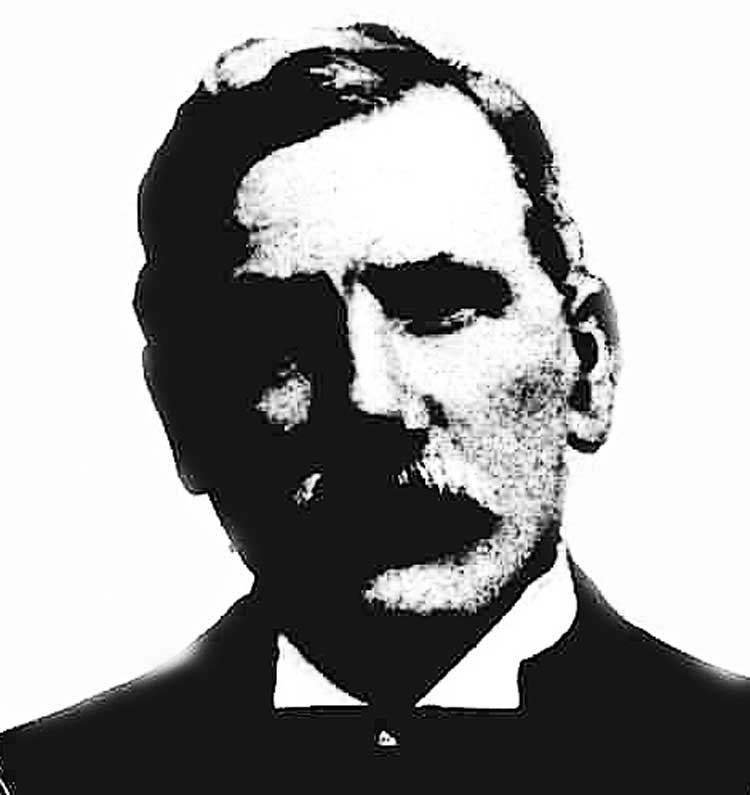
SIR ROBERT ANDERSON OPINES
In 1910, Sir Robert Anderson – who became head of the Criminal Investigation Department and Assistant Commissioner of the Metropolitan Police on August 31st, 1888, the day of Mary Nichols murder, and who left London for a recuperative break in Switzerland on the 8th of September, the day of Annie Chapman’s murder – writing on the crimes in his autobiography, “The Lighter Side of My Official Life”, was of the opinion that Martha Tabram had been a victim of Jack the Ripper.
He wrote:-
“The second of the crimes known as the Whitechapel murders was committed the night before I took office, and the third occurred the night of the day on which I left London.”
Later in the book, he stated that:-
“The last and most horrible of that maniac’s crimes was committed in a house in Miller’s Court on the 9th of November.”
So Anderson evidently considered the Jack the Ripper murders to have started with that of Matha Tabram on the 7th of August, and to have ended with that of Mary Kelly on the 9th of November.
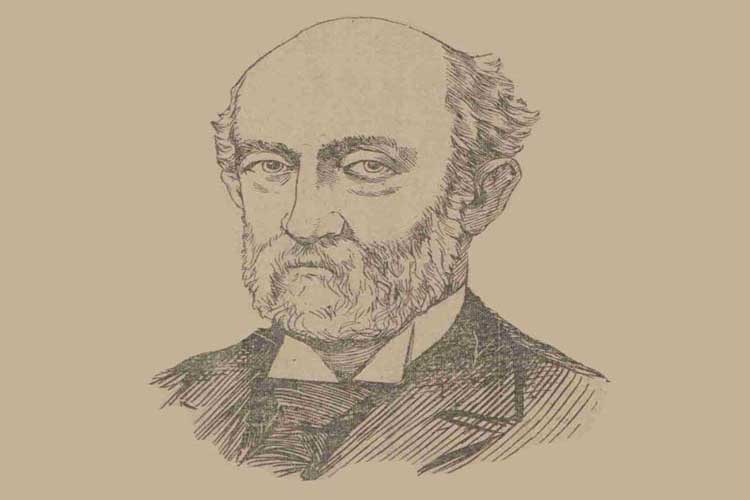
SIR MELVILLE MACNAGHTEN’S BELIEF
By contrast, Sir Melville Macnaghten – who joined the Metropolitan Police as Assistant Chief Constable in June 1889 – in his autobiography, “Days of My Years, published in 1914, devoted a chapter to “Laying The Ghost Of Jack The Ripper,” and in it, he stated that:-
“Suffice it at present to say that the Whitechapel murderer committed five murders and – to give the devil his due – no more.”
Having discounted Emma Smith and Martha Tabram as victims of Jack the Ripper, Mancnaghten went on to state that:-
“The first real “Whitechapel Murder” took place on August 31st, when Mary Ann Nichols was found in Buck’s Row with her throat cut and her body slightly mutilated.”
He then goes on to list Annie Chapman, Elizabeth Stride, and Catherine Eddowes as ascertained victims, before concluding that:-
“On the morning of the 9th November, Mary Jeanette Kelly…was found murdered in a room in Miller’s Court Dorset Street. This was the last of the series.”
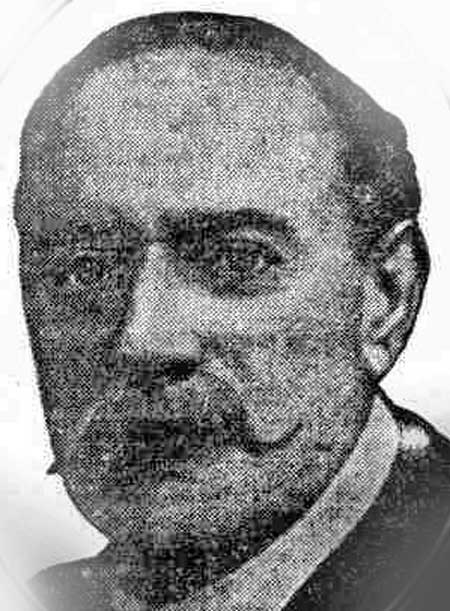
THE MYSTERY OF JACK THE RIPPER
Leonard Matters, whose book, “The Mystery Of Jack The Ripper The World’s Greatest Crime Problem”, published in 1928, was the first major full-length study of the case was of the opinion that Martha Tabram was the first victim of Jack the Ripper and Mary Kelly was the last.
He wrote that:-
“Between the first and the last murder definitely accepted by all competent authorities as having been committed by this extraordinary criminal, precisely three months and two days elapsed.”
Later in the book, having dismissed Emma Smith as a victim, he stated that:-
“Four months later, on another Bank Holiday night, what I am convinced was the first of the “Ripper” murders occurred – that of Martha Turner, whose dead and mutilated body was found lying on the landing of George Yard Buildings.”
On the next page, he re-emphasized his belief:-
“The murder of Martha Turner on August Bank Holiday in 1888, must be accepted by the careful investigator as the first of the “Ripper” crimes.”
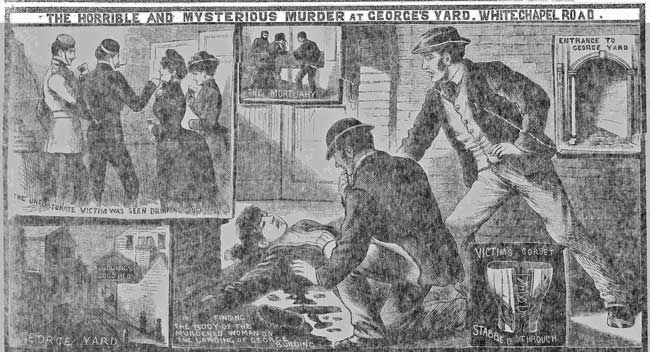
FREDERICK PORTER WENSLEY’S OPINION
Frederick Porter Wensley who joined the Metropolitan Police in January 1888, and who spent many years serving with H Division, wrote in his memoirs, “Detective Days”, published in 1931, that:-
“Officially, only five (with a possible sixth) murders were attributed to Jack the Ripper.
WHAT WALTER DEW SAID
On the other hand, Ex-chief Inspector Walter Dew, who had begun working with H Division in1887 and was, therefore involved in the hunt for Jack the Ripper, was certainly of the opinion that Martha Tabram was a victim of Jack the Ripper, as he wrote in his autobiography “I Caught Crippen”, published in 1938, that:-
“Whatever may be said about the death of Emma Smith, there can be no doubt that the August Bank Holiday murder, which took place in George Yard Buildings, was the handiwork of the dread Ripper.”
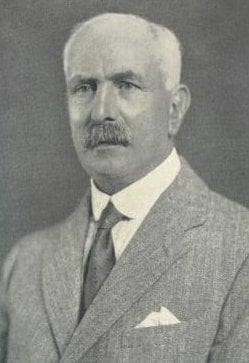
DIFFERENT OPINIONS
It is more than apparent that the police officers and doctors who were involved with the case held different opinions as to precisely how many of the eleven victims listed on the Whitechapel murders file were actually killed by Jack the Ripper.
So where did the certainty that there were five victims come from?
THE SUN’S SUSPECT
Well, it has to do with a report that was compiled by Melville Macnaghten in February 1894.
In the February of that year, The Sun newspaper published one of a series of articles in which it was claimed that journalists from the newspaper knew the identity of Jack the Ripper who was then, so the articles claimed, a criminal lunatic in Broadmoor Criminal Lunatic asylum.
The person in question, although not actually named, was Thomas Cutbush, and part of the article dealt with his supposed victims under the headline, “The Terrible List.”
It went on to attribute nine of the eleven murders to Cutbush – discounting Emma Smith and Rose Mylett as victims.
THE MACNAGHTEN MEMORANDA
As a result of The Sun’s articles, Melville Macnaghten compiled what is now known as the Macnaghten Memoranda, dated the 23rd of February 1894, in which he refuted the claims made by the newspaper.
With regard to the number of victims, Macnaghten wrote:-
“Now the Whitechapel Murderer had 5 victims – & 5 victims only…”
He then went on to name the victims as Mary Ann Nichols, Annie Chapman, Elizabeth Stride, Catherine Eddowes, and Mary Kelly, whilst also refuting The Sun’s claim that the other four victims were murdered by the same killer.
IT BECOMES PUBLIC KNOWLEDGE
Macnaghten’s memoranda did not become public knowledge until the late 1950s, but when it did, the idea of there being five victims of Jack the Ripper began to crystalize in the minds of researchers and authors alike, and thus the concept of “the canonical five” was often, thereafter, presented and accepted as an ascertained fact.
MODERN DEBATE OVER “THE FIVE”
Today, however, there is a great deal of debate over whether some of the five were in fact Jack the Ripper victims.
Elizabeth Stride, for example, may, so a growing number of commentators claim, have been murdered by a different hand, and, it is claimed in some quarters, is only accepted as a victim of Jack the Ripper because her death took place on the same night as that of Catherine Eddowes.
Others argue that Mary Kelly, may have been the victim of a different killer, and point out that the modus operandi of the perpetrator was different in her case, a fact that others explain by painting out that, since her murder was the only one to take place indoors, the killer had plenty of time to go about his bloody business.
Many commentators now believe that Martha Tabram, murdered on the 7th of August, was, in fact, the first victim of Jack the Ripper, and they explain the difference in her injuries as being the result of the perpetrator having not, at that time, fully developed his MO.
WHAT HOPE IS THERE?
Of course, the truth is that, although we can make comparisons and find similarities between the injuries sustained by particular victims that suggest that they were the work of the same killer, without knowing for certain who that killer was it is impossible to arrive at a definitive conclusion as to how many victims he actually had.
If the doctors and police officers who were there at the time held different opinions on which of the victims were murdered by Jack the Ripper, what hope is there for us to be able to arrive at a definitive list, separated as we are from the evidence by the passage of more than 133 years?
THE NAME IS FICTION
And, let’s be honest, since the name Jack the Ripper was probably a fiction, created by an enterprising London journalist in late September 1888 as the signatory to the infamous “Dear Boss” missive, then the person who wrote the letter was, most certainly, not the person who carried out any of the murders.
So, in reality, Jack the Ripper did, in fact, have zero victims.
